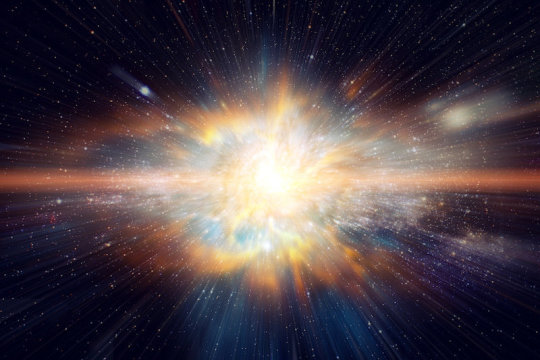[ad_1]
By combining one of the world’s most powerful digital cameras and a telescope capable of capturing a wider shot of the night sky compared to other big telescopes, a team of researchers from Japan have been able to identify about 1800 new supernovae, including 58 Type Ia supernovae 8 billion light years away, reports a new study released online on 30 May.
A supernova is the name given to an exploding star that has reached the end of its life. The star often becomes as bright as its host galaxy, shining one billion times brighter than the Sun for anytime between a month to six months before dimming down. Supernova classed as Type Ia are useful because their constant maximum brightness allows researchers to calculate how far the star is from Earth. This is particularly useful for researchers who want to measure the expansion of the Universe.
In recent years, researchers began reporting a new type of supernovae five to ten times brighter than Type Ia supernovae. Named Super Luminous Supernovae, many have been trying to learn more about these stars. Their unusual brightness enables researchers to spot stars in the farthest parts of the Universe usually too faint to observe. Since distant Universe means the early Universe, studying this kind of star could reveal characteristics about the first, massive stars created after the Big Bang.
But supernovae are rare events, and there are only a handful of telescopes in the world capable of capturing sharp images of distant stars. In order to maximize the chances of observing a supernova, a team led by Kavli Institute for the Physics and Mathematics of the Universe (Kavli IPMU) Professor Naoki Yasuda, and researchers from Tohoku University, Konan University, the National Astronomical Observatory of Japan, School of Science, the University of Tokyo, and Kyoto University, used the Subaru Telescope.
This telescope is capable of generating shape stellar images, and the Hyper Suprime-Cam, an 870 mega-pixel digital camera attached at its top, captures a very wide area of the night sky in one shot.
By taking repeated images of the same area of night sky over a six month period, the researchers could identify new supernovae by looking for stars that suddenly appeared brighter before gradually fading out.
As a result, the team identified 5 super luminous supernovae, and about 400 Type Ia supernovae. Fifty-eight of these Type Ia supernovae were located more than 8 billion light years away from Earth. In comparison, it took researchers using the Hubble Space Telescope about 10 years to discover a total of 50 supernovae located more than 8 billion light years away from Earth.
“The Subaru Telescope and Hyper Suprime-Cam have already helped researchers create a 3D map of dark matter, and observation of primordial black holes, but now this result proves that this instrument has a very high capability finding supernovae very, very far away from Earth. I want to thank all of my collaborators for their time and effort, and look forward to analyzing our data to see what kind of picture of the Universe it holds,” said Yasuda.
The next step will be to use the data to calculate a more accurate expansion of the Universe, and to study how dark energy has changed over time.
Details of the study were published by the Publications of the Astronomical Society of Japan.
[ad_2]















